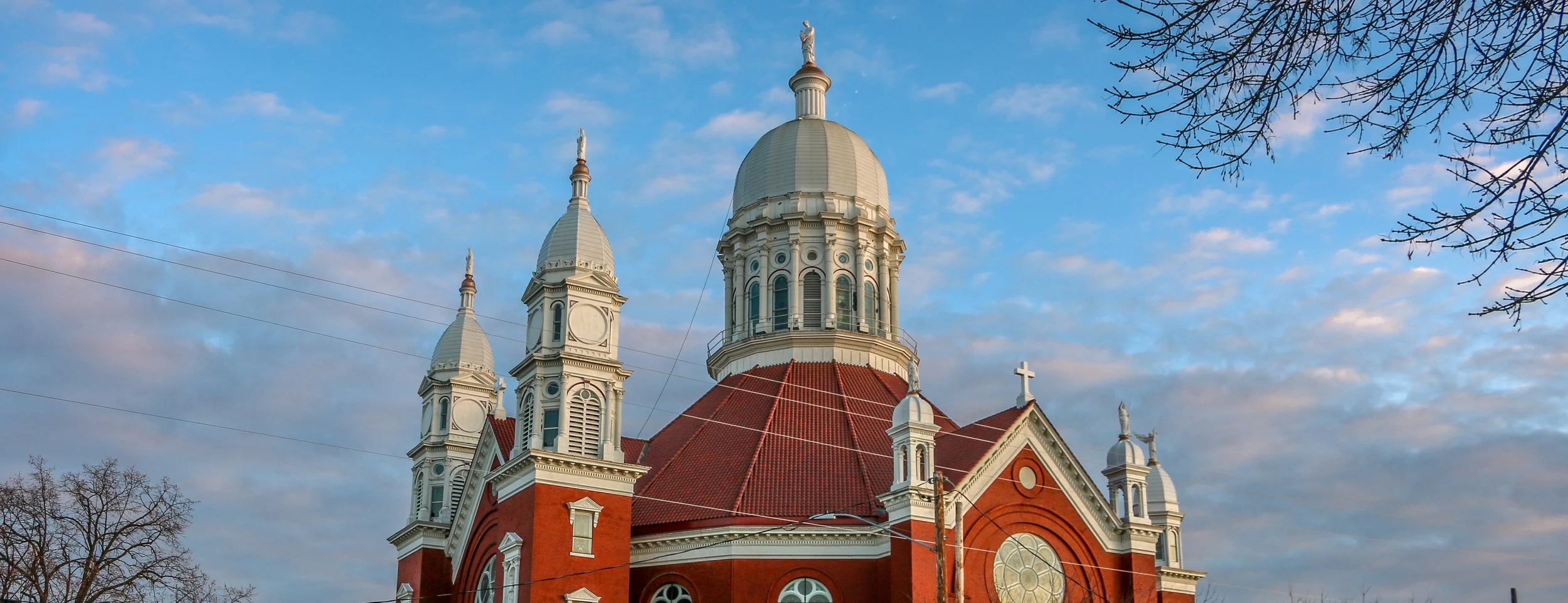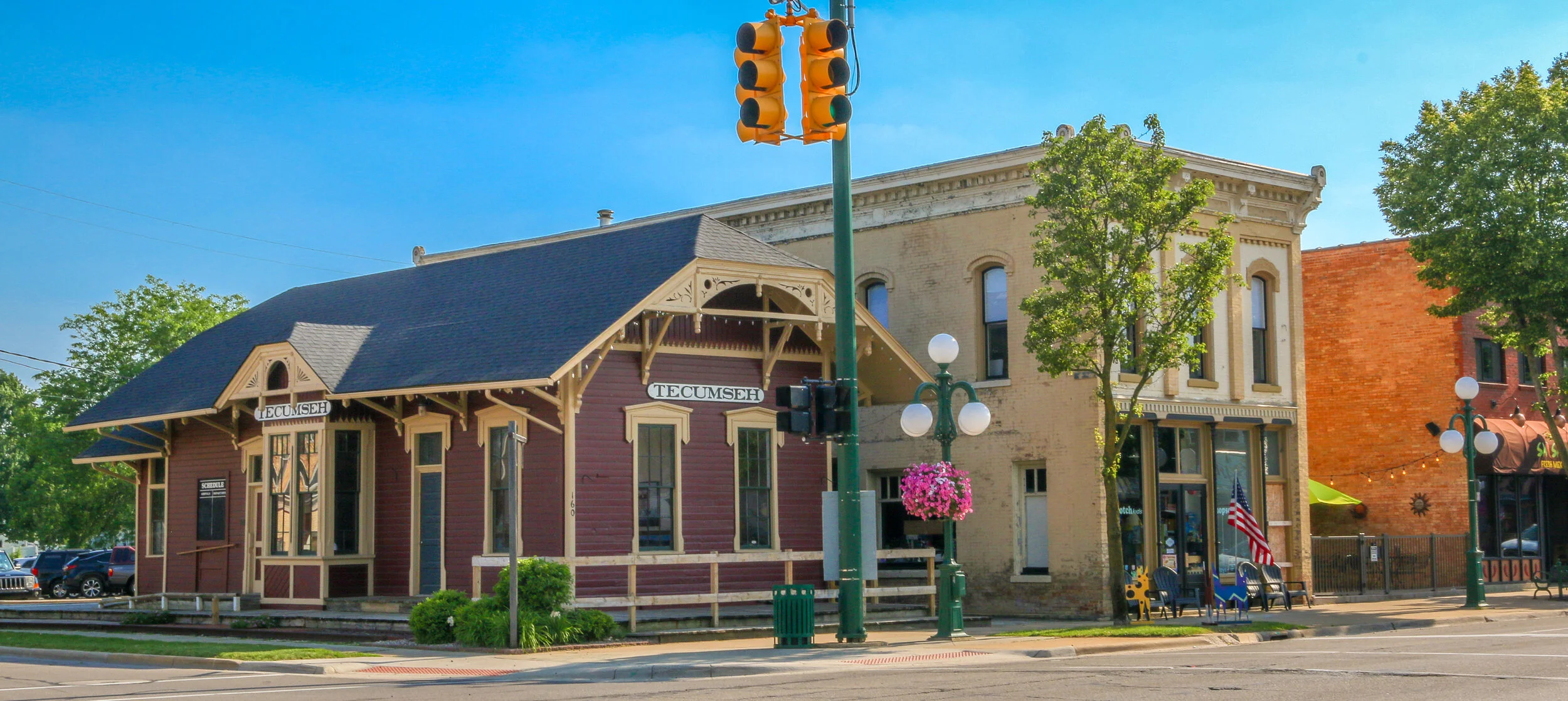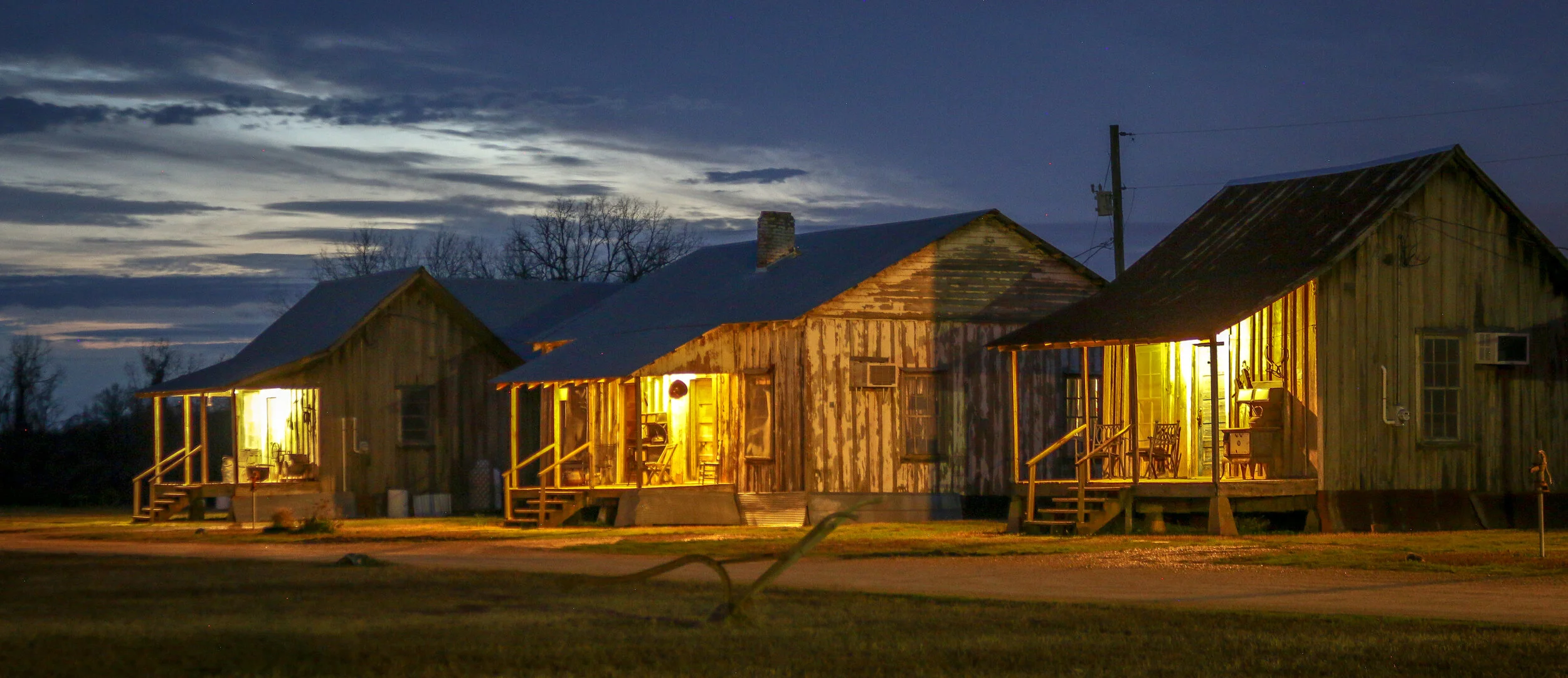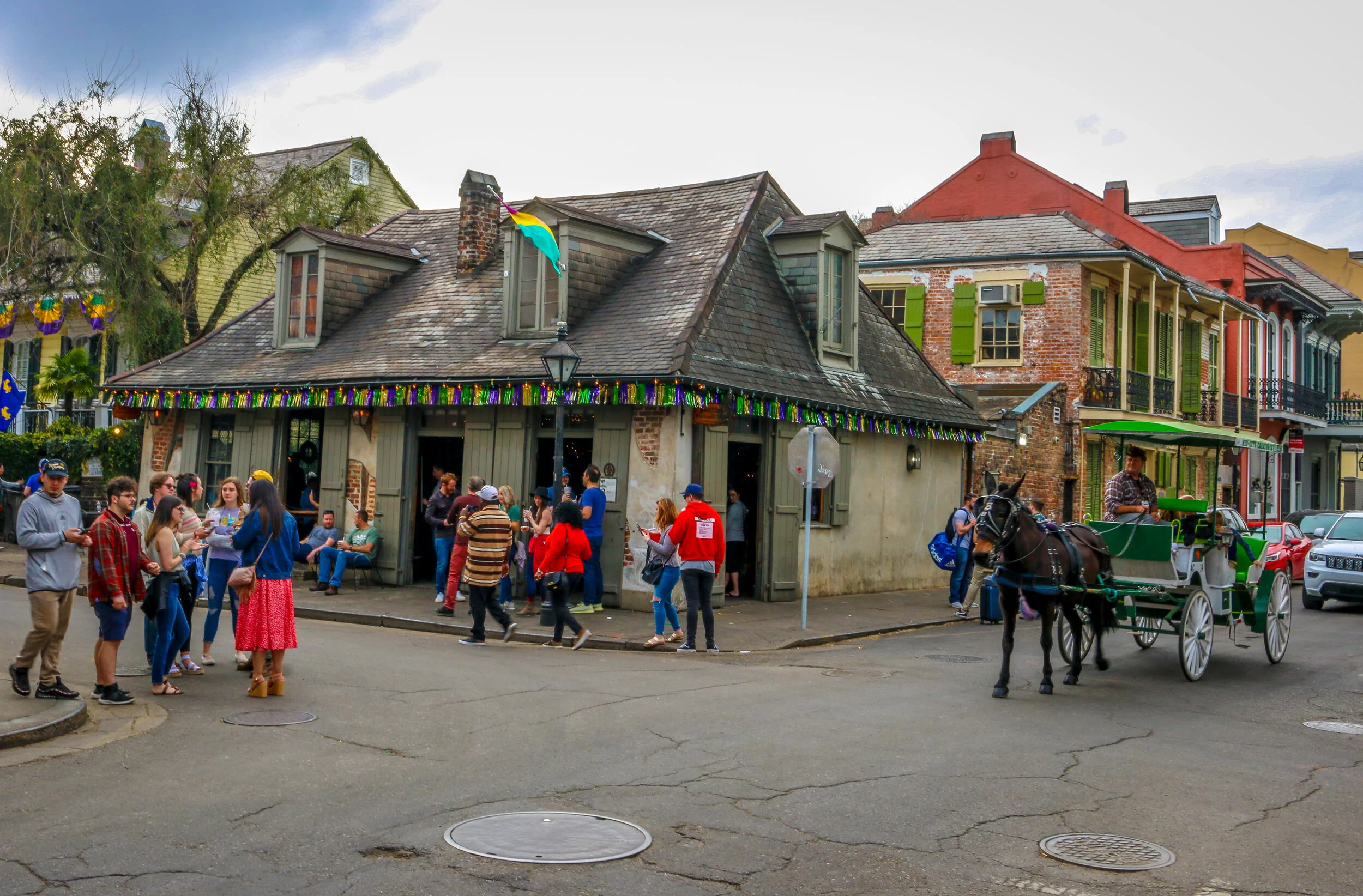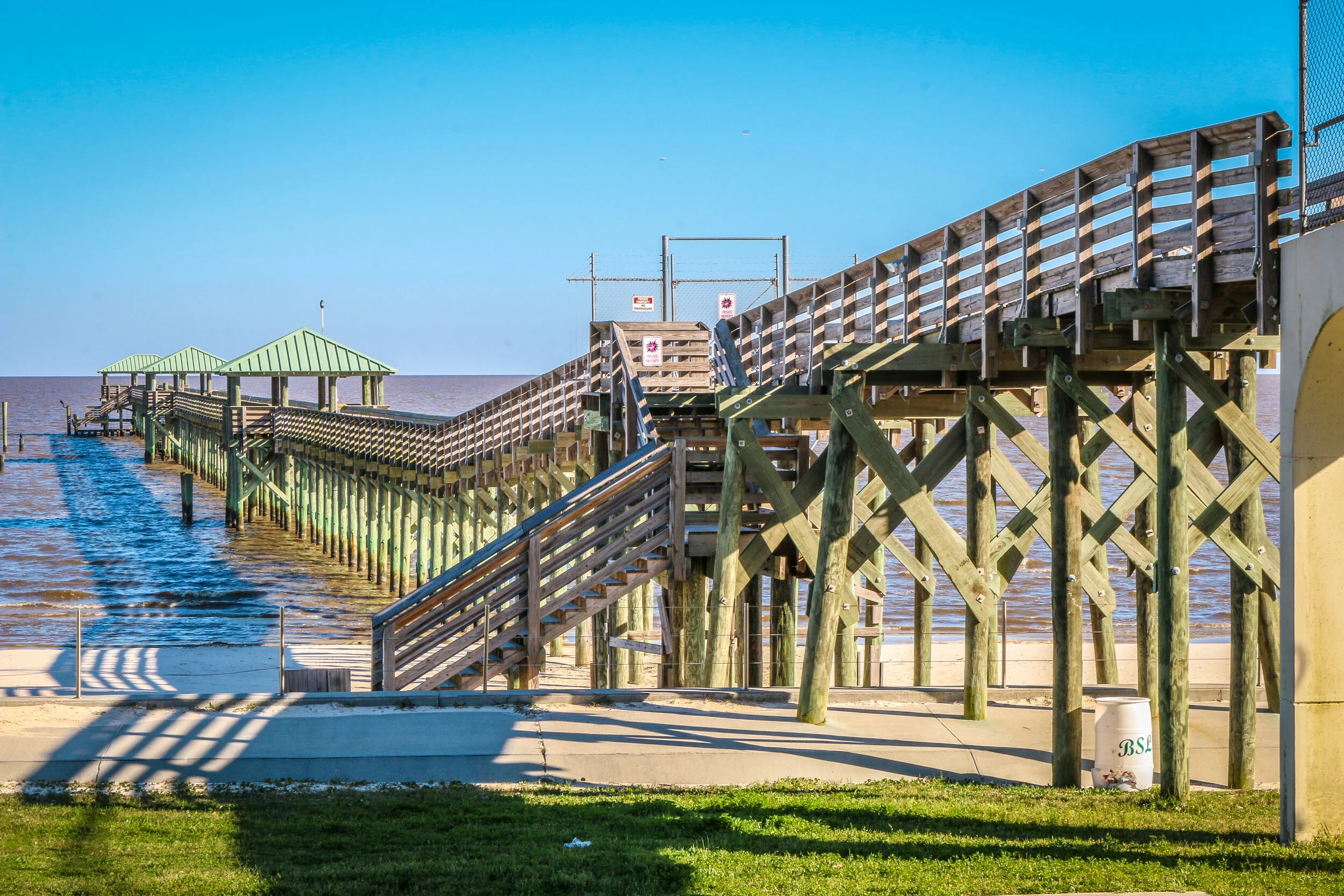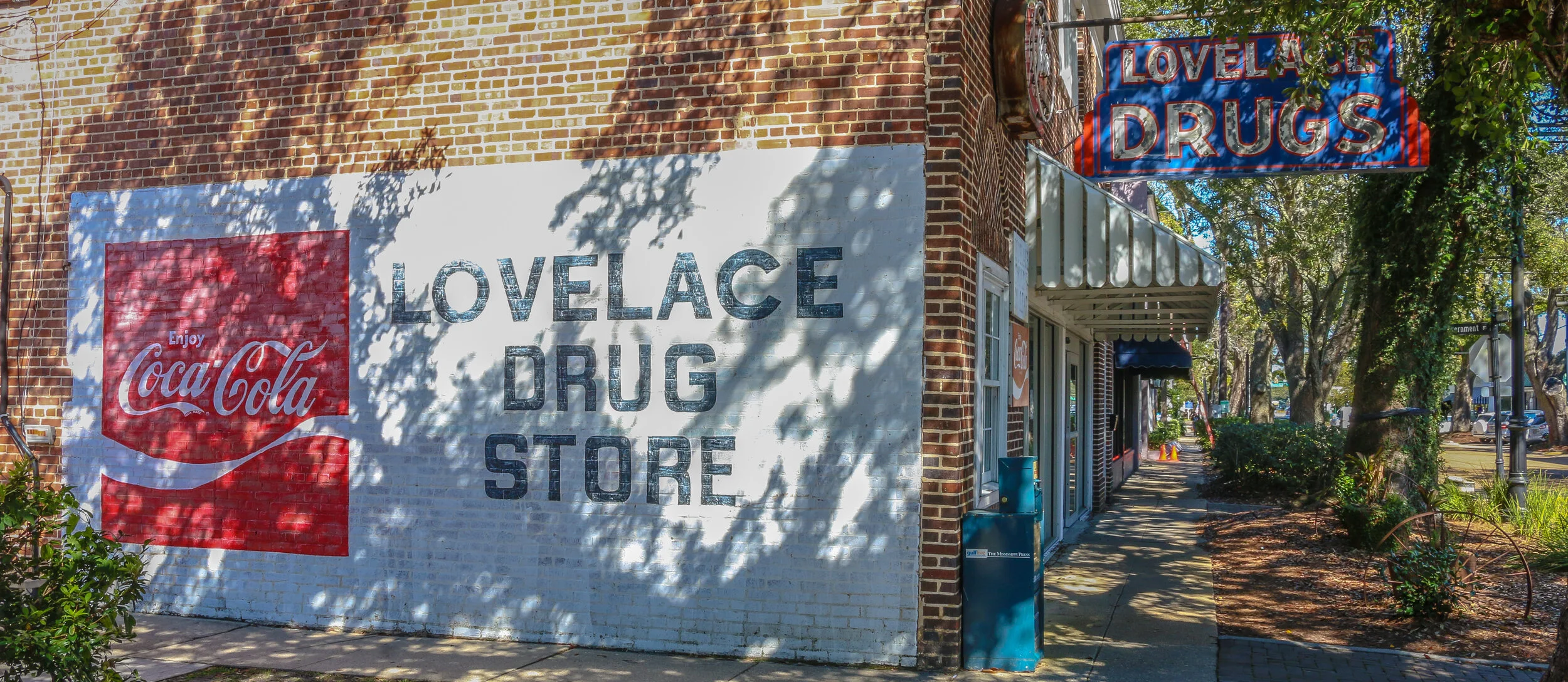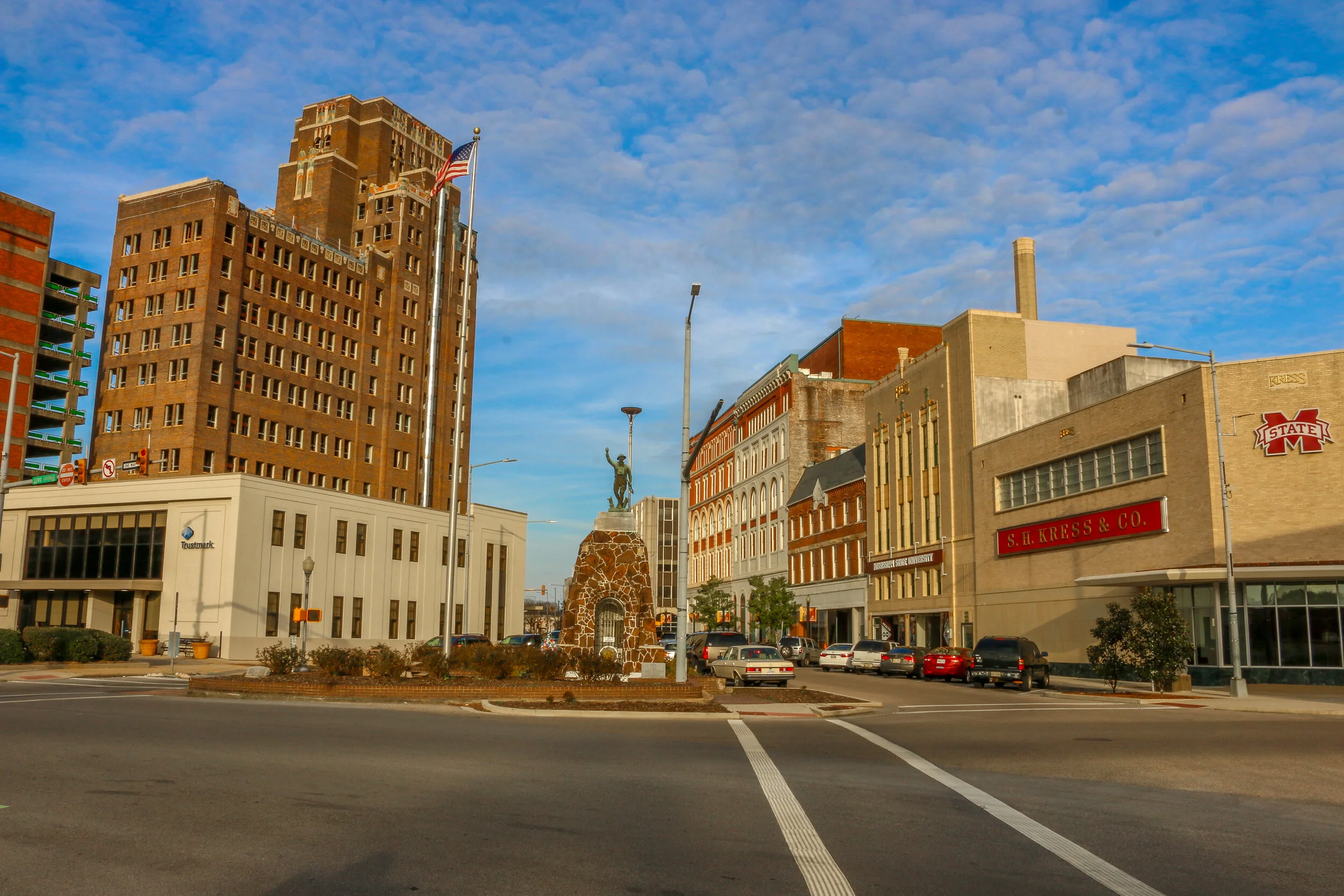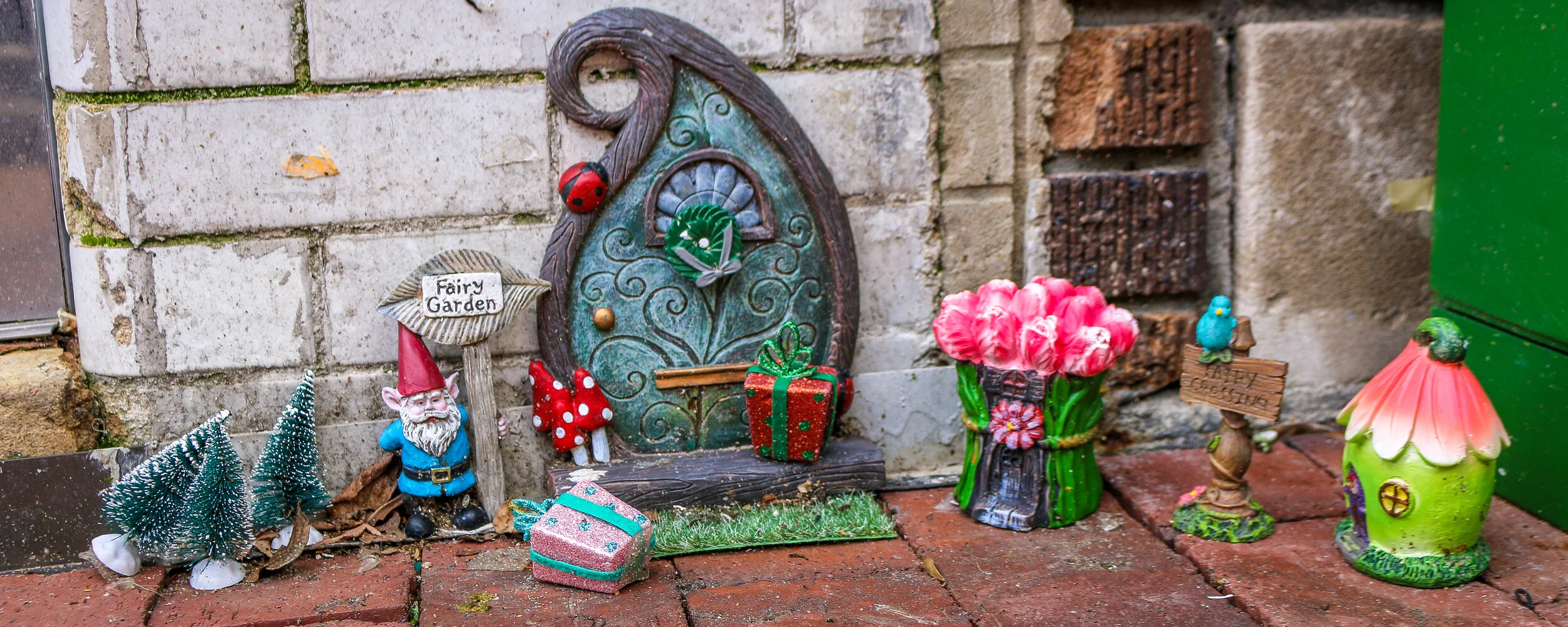Winona was my last stop during my six week stay in Minnesota. This small city with a population of about 26,000 is right on the Mississippi River and the Great River Road in the far southeast of the state. This land was once home to the Mdewakanton Band of Lakota Indians and is named for the first-born daughter of Chief Wabasha III. Originally settled in 1851, Winona grew to be a major rail and steamboat town with wheat and lumber playing a major role as well. Today, there are some great old buildings lining the streets and the St. Stanislaus Basilica is one of the most beautiful churches in the state if not the country. I also enjoyed a stop in the Historic Society museum located in the old armory and the beautiful stained glass windows at Merchants National Bank. I wasn’t in Winona long as it was time for me to be heading on down the road, but I hope you enjoy these few photos from my stay.
Viewing entries in
Mississippi
Tiny Tecumseh, Michigan was established on the River Raisin in 1824. It was named for the Shawnee Chief who once organized different Native American tribes to fight against the expanding United States in the War of 1812. Tecumseh was once the county seat of Lenawee County, but in 1838 that duty was transferred to nearby Adrian. Today, Tecumseh has a population of about 8,500.
I really enjoyed my visit to Tecumseh. It reminded me of how most American towns used to look. They have a bakery, a shoemaker, a quilt shop, a winery, a brewery, a hardware store, a small grocer and several craft, hobby and antique stores. There wasn’t a chain store in sight which I found quite refreshing. A town has to really fight to keep those mom and pop downtown businesses afloat, and I respect that. It was a great little town to walk around and though I was only there for a few hours, it seemed like a really livable place. I hope you enjoy these photos of the quaint and charming town of Tecumseh, Michigan.
Happy New Year Everyone! We made it! It’s not as though as the bell tolled midnight on New Year’s Eve all our problems disappeared, but it still felt like a weight was lifted nonetheless. 2020 was a year I’m sure none of us will ever forget, but I hope we’ll remember the good that went with the bad. Catching up with old friends, learning new skills, starting new hobbies, or just learning to slow down a little bit – these are all really good things that I hope will balance the memories of 2020 for some of us. I’m obviously not making light of all of the challenges we faced, the loved ones we lost and the economic devastation that so many people have and will continue to experience, but I hope that in the end there will be good memories somewhere during this year for us all.
2020 started on a very positive note for me. I headed south to Mississippi, one of my favorite states and one that I was looking forward to getting to know better. It didn’t disappoint. While Mississippi is probably the deepest of the Deep South states, and one of the most economically and educationally challenged, it’s also full of wonderful people, music, history and scenery and it’s a place that keeps drawing me back.
I was there longer than I thought I would be and ended up heading to New Orleans just in time for Mardi Gras. I enjoyed catching up with some really good friends that weekend and of course feasted on crawfish and king cake. On Mardi Gras Day, I got up early to wake up the Treme neighborhood with the Northside Skull and Bones Gang. After a long morning march followed by a cup of coffee, I headed to the Marigny for brunch with my Mardi Gras Morning Krewe and then paraded for a while before chasing the Mardi Gras Indians around town in the afternoon. It was amazing and looking back I’m so glad that I was there for it.
Leaving New Orleans, I headed for Texas where I felt like a new chapter was finally beginning. As much as I loved my time exploring Appalachia and the Deep South, it was time for some new scenery and some different history to contemplate…
It’s time. It’s actually long past time for these monuments to come down across the South. When I say these monuments, though, I’m speaking very specifically. I don’t personally believe that all traces of the Confederacy should come down although I don’t believe that doing so would in any way erase history. History is history and no monuments or statues can change it. Many of these monuments, though, were put up not in tribute to fallen soldiers but specifically to support a platform of white supremacy, and that is a history that should be told too. In fact, that is an even more crucial topic for people to learn about if we want to move forward as a nation. But either way, statues to Confederate generals put up in prominent parts of town as hero’s monuments have no place in 2020 America. It’s time for them to come down.
The Civil War was a horrific chapter in our nation’s history which caused the deaths of over 600,000 people. Many of those soldiers’ bodies never came home and are either buried where they fell or among the thousands upon thousands of “unknown” graves around the country. I believe that no matter what their beliefs were, every mother has a right to bury her child and in this case, that wasn’t often possible. Many of the Civil War memorials around the South are depictions of a simple foot-soldier with the names of those soldiers from that town who went to fight in the war. We must also understand that many young men were drafted into the war and did not join of their own free will. Many joined to defend their towns and villages which were most certainly in harm’s way. Many were teenagers who couldn’t have possibly known or understood the larger implications of the war. Most didn’t own slaves. Before I go any further I want to make two things abundantly clear. First, I hate slavery with every bone in my body. I don’t think that owning another person has ever been right in the entire history of the world. Second, I am completely aware that slavery was the primary cause of the Civil War insomuch as had there been no slavery, there would have probably been no war. However the idea that the war began as a noble cause on the part of the abolitionist Northerners to end slavery is simply not true. I wish it was because then I could condemn all Confederates who took up arms and the men who led them. But I know too much about the war to believe that and feel too strongly that too many young men simply got caught up in the war and died too young. So I say let those local memorials stand, but every one of them should be removed from town centers and in front of county courthouses and placed respectfully and with dignity in the local cemeteries. It’s time to bury the dead.
As for these big statues which are coming down now, I know this may be unpopular, but I do respect them as both art and history and I think there is a place for them on the Civil War battlefields of the country. I’d like to see them placed in the hands of the National Park Service which will properly interpret them as to how, why and by whom they were originally erected, who they represent and why they were removed to the battlefield. As for those memorials which were specifically commissioned as a response to Brown vs. The Board of Education or similar hallmarks of progress in Civil Rights, I’d like to see a select few collected to interpret that time in our history and the rest smashed to pieces and used as the foundations to new memorials to the men and women who led that movement.
Hello Everyone, I hope you’re all having a wonderful week out there. This is going to be short and sweet this week, because I’ve been off the road and hanging out in New Orleans for most of it. After Mardi Gras, I started in on getting the rest of my photos from Mississippi edited and published and am almost completely caught up in that regard. Many thanks to my friend, Luke, for letting me crash at his place all week and use his internet to do so. I think you’ll find some pretty great photos in these posts, from the Mississippi Delta to the Gulf Coast. I enjoyed getting these photos up and hope you enjoy looking at them. It was a fast but amazing month in Mississippi.
Other than that, I’ve been catching up with some old friends, eating some wonderful New Orleans food and preparing for my dash across Texas. I’m not going to lie, Texas is a pretty daunting state. While I’m really looking forward to it, I’m trying to come up with a reasonable plan to see as much as I can in the 2 months I’ve allotted to be there. If y’all have any awesome must-see places, please feel free to leave me a comment on this post…
On August 25th, 1699, Jean Baptiste LeMoyne, the Sieur d’Bienville was exploring the region that is now Mississippi’s Gulf Coast under a French flag and named this bay for King Louis IX. A small settlement was begun, consisting of just 16 soldiers. After the area was bought from France as part of the Louisiana Purchase of 1803, it was opened to homesteaders and thousands of people poured in from the Upper South. The town, originally called Shieldsboro, was incorporated by the first Mississippi state legislature in 1818 and it wouldn’t be until 1875 that its original name was restored. Bay St. Louis was severely damaged by Hurricane Katrina in 2005, and is still in the process of recovering from the storm. Today, Bay St. Louis is a charming little town of about 10,000 people. The downtown area is bustling with restaurants, bars and quaint local shops and the beach is a lovely place to while away an afternoon. Located just an hour from New Orleans, Bay St. Louis shares many of the Creole characteristics of The Big Easy. I loved my visit to Bay St. Louis, and found it to be one of the most livable places on the Gulf Coast of Mississippi. But don’t tell anyone that. It’ll just be our little secret. I hope you enjoy these photos from Bay St. Louis, A Place Apart on Mississippi’s Gulf Coast.
Ocean Springs, Mississippi got its start as a French colonial fort called Fort Maurepas way back in 1699. The fort was founded by the famed Canadian explorer Pierre Le Moyne d'Iberville and was used to protect French interests in the area from Spanish encroachment. The city was incorporated in 1892 as Ocean Springs, named after the natural springs found in the area. Today, Ocean Springs is an enchanting coastal town with a thriving artists community. There is a lovely beach with a pier jutting out into the gulf for fishing or just relaxing with a good book. Downtown if bustling with shops, galleries, restaurants and bars and is a nice break from the nearby casino-centered towns. I really enjoyed my visit to this quaint seaside community shaded by ancient oak trees draped in Spanish moss. It was cool to see the Mardi Gras decorations up while I was there and I even got to see the town’s Mardi Gras parade during my visit. If you ever find yourself cruising the Mississippi Gulf Coast, be sure you take a minute to stop into Ocean Springs for a look. You might just find yourself sticking around longer than you had planned. I sure did. I hope you enjoy these photos from Mississippi’s City of Discovery.
Meridian, Mississippi was chartered in 1860 at the junction of the Mobile & Ohio and Southern Railways. When the Civil War broke out the following year, Meridian was just a small town but its railroad connection made it logistically important. After the Battle of Meridian in 1864, General Sherman all but burnt the town to the ground. After the war, the town was rebuilt and quickly grew as a manufacturing center and railroad hub, and was actually the largest city in the state from 1890 to 1930. In the midst of this boom-time, Meridian’s most famous son, Jimmie Rodgers was born. He would grow up to be known as the “Father of Country Music”, although much of his style was more closely associated with the blues music he heard as a young man working for the railroad. Meridian today is a beautiful small city with a population of around 40,000. While the trains still roll through downtown, Meridian’s economy has diversified with two nearby military bases, a major regional hospital and Peavey Electronics Corporation. I’ve enjoyed watching the Renaissance of the downtown area in recent years, and the new MAX Museum is a great addition to the city. On my most recent visit, I saw a lot of new businesses opening with many more in the works which really made me happy. Of course, a stop at Weidman’s Restaurant has been a must since it opened in 1870. If you’re ever on this side of Mississippi, stop in for a night or two, you’ll be glad you did. Mississippi’s Queen City is sure to win your heart as it has mine.
Founded by French colonists in 1729, Port Gibson is one of the oldest towns in what’s now the state of Mississippi. Today, it serves as the county seat of Claiborne County and it is home to the beautiful county courthouse pictured below. Port Gibson was the site of several skirmishes during the Civil War, but most of its antebellum buildings survived because General Ulysses S. Grant called the town “too beautiful to burn”. The town’s population today is probably only around 1500 which explains why it’s so quiet. There are several beautiful old churches along the appropriately named Church Street and some great old buildings around the downtown area. I really enjoyed the wonderful, sunny afternoon I spent taking these photos in the charming town of Port Gibson.
If you know me, you know how much I love the Mississippi Delta. There is just something special in the air out there. The people, the music and the food are all incredible, and the landscapes and buildings captured my heart long ago. I know that it’s an incredibly impoverished region, and that part of what makes it beautiful is the decay that goes along with this poverty. I also know that this decay is part of what brings out tens of thousands of tourists every year and they make their ways down the Blues Trail, Country Music Trail and Freedom Trail, in search of real an authentic Delta experience. Making that work is a challenging balancing act. Places like The Shack Up Inn in Clarksdale and Tallahatchie Flats in Greenwood do a remarkable job of finding that balance. Many of these photos are from those two places. Some of these photos are dated - Po’Monkey’s doesn’t look anything like it does in these photos anymore after the passing of its proprietor Willie Seaberry, but the way it used to look is how I’ll always remember it. You’ll find that dusk is definitely my favorite time to be out taking photos in the area. I’ve been coming to the Delta for over a decade now, and I’ve seen a lot of changes - many for the better, some for the worse. Either way, it’s a place that keeps pulling me back, and every time I’m there I find some new treasure. I hope you enjoy these photos which represent some of the highlights of 10 years of traveling the region. They are my favorites.
Hey y’all, it’s time for another edition of This Week on the Road. It’s going to be a short one this week because I only really spent the first couple of days of the week on the road. Since Saturday I’ve been relaxing here in New Orleans, spending time with my friends and enjoying the Mardi Gras weekend. I did have a great few days along the coast to wind up my time in Mississippi though, and wanted to share what I got up to out there.
My week started in Pascagoula in the rain, but I quickly moved on to Ocean Springs. I really liked this quaint and quiet seaside town with its thriving artists community, pleasant bars, and good restaurants. It seemed like a vibrant and livable place. My first stop was a restaurant I’ve wanted to get to for a while: The Shed Barbecue and Blues Joint. The Shed is a South Mississippi Institution, and occupies a huge, ramshackle building just north of the interstate. The Shed is the kind of place that chains have been trying to emulate for a long time, but with little success. The place is full of old beer and traffic signs, mismatched furniture and dollar bills hanging from the ceiling. It’s the real deal though with great food, wonderful employees and an all around good feel to it. I went with the ShedHed Sampler which came with all seven of their smoked meats and three sides. For $26 I didn’t expect too much, but what came out was amazing. It was a tray piled high with food, enough to fill me up that night, and also for lunch and dinner the next day as well. It was a great meal and experience and I will definitely come back to The Shed in the future. After dinner, I went for some live music and a few beers at the Glory Bound Gyro Co. on Government Street. It was a little chilly, but not too cold to enjoy the outdoor seating area which had a beachy feel to it. I sat by the palm tree and enjoyed some acoustic music there, and later popped in for a quick beer at a place called The Juke Joint. I really liked this divey bar in a hundred year old house a mile or so from the main part of downtown as well.
Greenwood, Mississippi is a friendly place. So friendly, in fact, that the city has welcomed a small but growing population of Fairy Gnomes to town. I inquired at the Visitor’s Center as to when the Fairy Gnomes started arriving, but was told they just showed up one day. Nobody knows where they came from or when a new group may arrive and build a tiny door to their tiny world. It seems the Fairy Gnomes do get into the spirit of the holidays though, and when I was visiting some still had their Christmas decorations up. That’s okay, so did my brother. These tiny citizens keep out of the way, and you might find their homes difficult to spot. I know I sure did. Even with a list of their addresses in hand, some took considerable effort to find. I also found a couple not on the list, so maybe their population is growing. I love everything about the Fairy Gnomes of Greenwood. They reminded me of the Mice on Main Project in another of my favorite towns: Greenville, South Carolina. I always think it’s great when a town remembers that all of its citizens aren’t adults and that a little wonder can go a long way in the world of a child.


